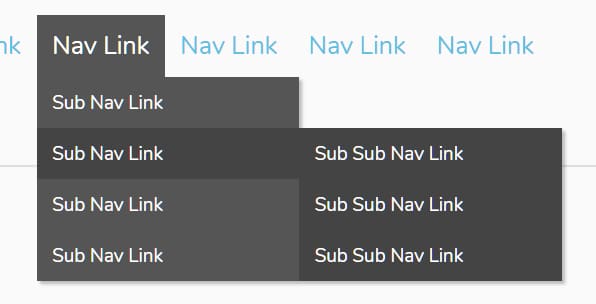URL Hierarchy and Internal Links
A well-structured URL hierarchy and internal links can help to better group your web pages. Thus, enhancing your law firm’s search engine optimization efforts. This grouping of similar topics carries over to the ability of a search engine to better understand the hierarchy of pages.
URL Hierarchy
Consider the following website addresses and their structure:
https://yourwebsite.com/car-accident/
https://youwebsite.com/hit-and-run/
https://yourwebsite.com/dui/
https://yourwebsite.com/important-laws/
These can either be standalone articles or, with the exception of the first URL, they can be subtopics of the primary category of “car accidents.”
Now, with a better-organized URL hierarchy, a greater context is revealed just by observing the URL structure:
https://yourwebsite.com/car-accident/
https://yourwebsite.com/car-accident/hit-and-run/
https://yourwebsite.com/car-accident/dui/
https://yourwebsite.com/car-accident/important-laws/
We now clearly see that these subtopics are grouped under the category of “car accident” and are thus relevant to the car accident category page.
Menu Hierarchy
Some of the most used methods of internal linking can be found in a website’s menu.
Like most websites, sites within the legal industry use a menu to navigate from one page of a website to another. The menu on your firm’s website is also a strong ranking factor for search engines.
The pages that are directly linked to your main navigation are viewed as the most important pages on your website. If you have a menu with dropdown items, those links that are closest to the top tier carry the most weight as they are usually seen as being more important than the second tier of links.

The text used for your menu items should be concise and include the top keywords that are relevant to the page you are linking to. Since the neighborhood that your website resides in is “legal” or “lawyer”, you can omit that from the link text if you prefer.
If your law firm practices personal injury law, then you may want to include “car accidents” and the like as menu items and link to pages that speak specifically to these types of personal injury. The same concept can also be used when curating your menu for family law, bankruptcy, criminal defense, etc.
Internal Linking: The Silo Method
The Silo method is a way to organize your content so that each general topic is grouped with like, supporting, content. Siloing helps to convey what your site, or grouping of pages, is about. There are two ways to silo content, through URL structure, or through internal linking.
Personally, I prefer to silo using both the URLs structure and the internal linking. In fact, the recommended URL structure for siloing has already been discussed in the URL Hierarchy section.
So, instead of rehashing how to structure the URLs of your website, I’ll cover using internal links to create silos.
The simplest way to think of siloing your internal linking structure is to the only link to categorically similar pages and do not link to other silos. So, if you’re a family attorney, you will most likely have these categories of the content of your site:
- Child custody
- Legal separation
- Alimony
With siloing your links, you can mention legal separation on pages that discuss child custody, but you will not link these mentions. You will only link the pages that are relevant to child custody to each other.
When linking, be purposeful. If the term “child custody” is mentioned five times, do not link to five different pages. You can link once or twice to the same pages. Ideally, you should already know what page you want to rank for what search term. Just link to the appropriate page.
As with your URLs, your internal linking should have a hierarchy. Your home page should link to category pages and main pages. Your category pages will then link to supporting articles. Those supporting articles should then link back to your category page.
This method creates a pyramid of topical relevance and a logical flow for your links.